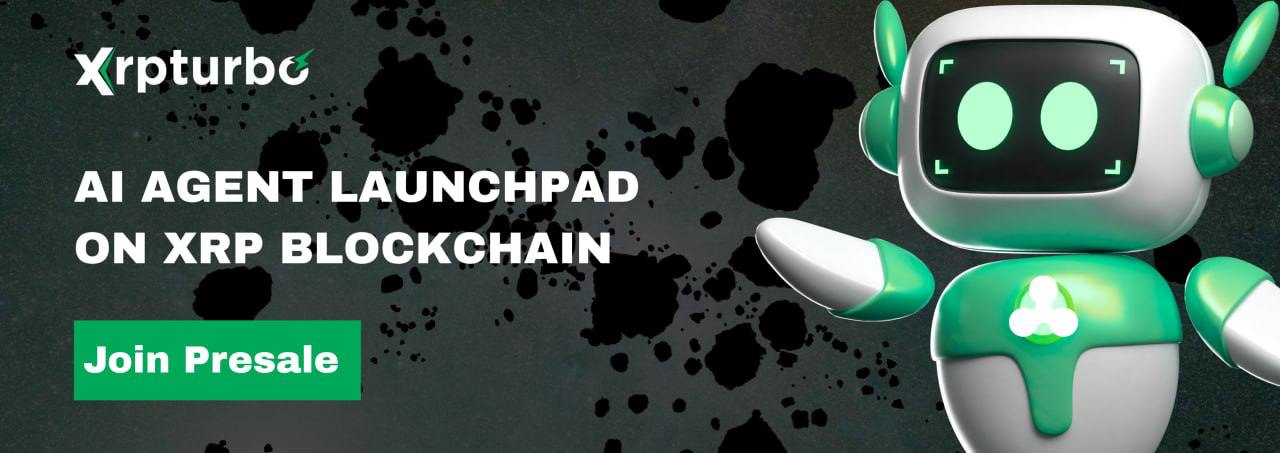A recent staff discussion paper, released on March 21, examines flash loans, their implications for policymakers, and the associated risks.
The analysis presents flash loans as financial instruments native to blockchain technology, allowing users to borrow cryptocurrencies without collateral, as long as the loan is repaid within a single atomic transaction.
Importantly, this staff discussion paper reflects a thoroughly completed study on issues relevant to the central bank’s interests, aligning with its broader mandate to assess new technologies that could impact financial stability and market dynamics.
Widespread significance
A key insight from the paper is the broader significance of flash loans for policymakers.
Jack Mandin, the author and a former research assistant at the bank, pointed out that although flash loans are currently limited to blockchain ecosystems, the fundamental principles could potentially be applied to tokenized financial systems, provided similar technological conditions are met.
These principles encompass atomic and risk-free lending, potentially enabling systems that can support atomic transactions and programmable assets.
The paper also expressed concerns regarding financial stability, suggesting that risks could arise if financial entities start adopting smart contract-based lending solutions.
Moreover, it emphasized that contagion risks could materialize as blockchain-based assets, including those involved in flash loan activities, become integrated into traditional financial instruments like exchange-traded funds.
Extensive dataset on flash loan transactions
The paper tracked the evolution and utilization of flash loans from their inception in 2018 through early 2025.
Mandin assembled an innovative dataset that includes nearly 24 million flash loan transactions and a total volume exceeding $3 trillion across 11 Ethereum Virtual Machine (EVM)-compatible blockchains, such as Ethereum, Arbitrum, and Optimism.
The analysis revealed trends in the design and usage patterns of flash loans, as well as their technical implications for decentralized finance (DeFi). It also examined three primary models of flash loans: basic flash loans, flash swaps, and flash mints.
Each model varies in terms of how liquidity is sourced and repaid, with flash mints providing almost limitless borrowing power via on-demand token creation and destruction.
The paper categorized flash loan usage into five main types. Favorable examples include arbitrage, liquidations, and liquidity management, whereas adverse uses encompass wash trading and exploits of smart contracts.
Operations related to arbitrage made up more than 75% of all flash loan events, underscoring a strong correlation between these activities and the efficiency of decentralized markets.
Additionally, the research pointed out that flash loans have exposed certain vulnerabilities within DeFi protocols, such as price oracle attacks and reentrancy issues. These vulnerabilities have sometimes resulted in significant financial losses.
Therefore, while the majority of flash loan activities are involved in legitimate financial practices, high-value transactions with ambiguous purposes raise concerns about the potential for unreported or unidentified exploits.
Related to this article

